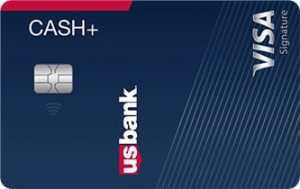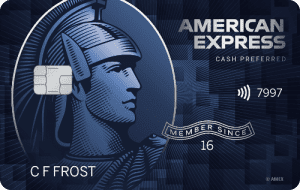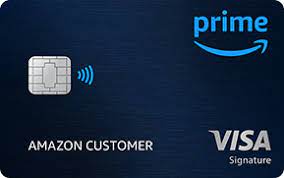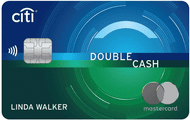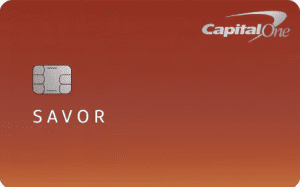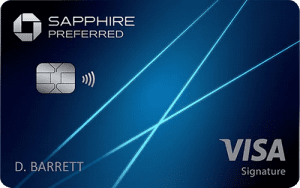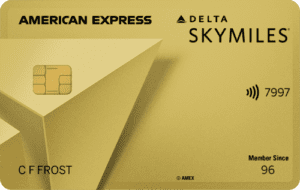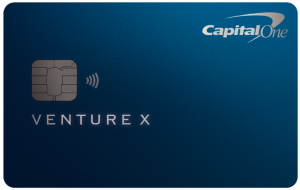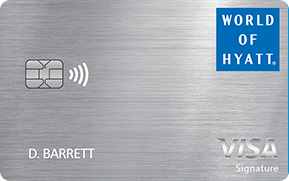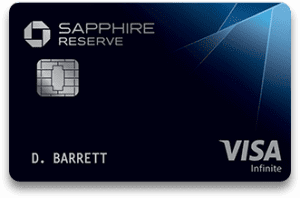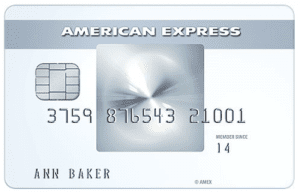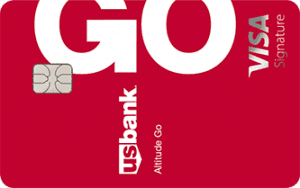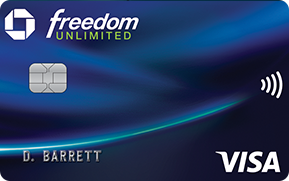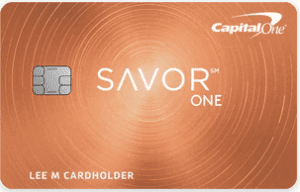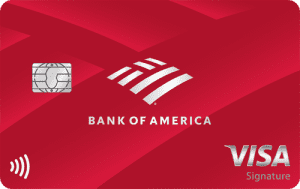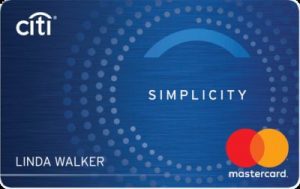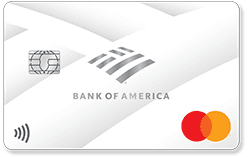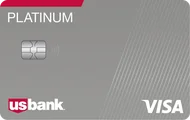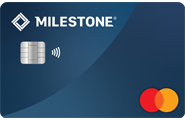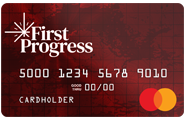Table Of Content
We’re definitely not going to tell you that credit cards are useless. Most people will choose to carry credit cards instead of cash.
According to Experian Data, the average, Americans hold an average of 3.84 credit card:
But this can become a problem, if you’re not careful. It’s very easy to pay for things with a credit card, and that’s why you need to know how to choose the right one, before you get into trouble.
Here are the top factors to consider when choosing a new card, depends on the card:
Rewards/Cash Back Card
When choosing a rewards or cashback credit card, it's important to look beyond flashy sign-up bonuses and enticing earning rates:
-
Earning Rates (Cashback/Rewards Ratio)
The card's earning rate determines how much cash back or how many rewards points you gain for every dollar spent.
Some cards offer higher rates for specific categories like groceries, dining, or travel, while others provide a flat rate on all purchases. A card that aligns with your spending habits can significantly maximize your rewards.
For example, if you often dine out, a card with high cash back on dining ensures you earn the most rewards for your lifestyle.

-
Annual Fee
While some rewards cards have no annual fee, others may charge a yearly fee in exchange for higher rewards rates, better perks, or sign-up bonuses.
Weigh the annual fee against the card's potential rewards earnings and benefits. If the rewards and perks offset the cost, the fee might be worth it.
However, if the annual fee exceeds the value you’ll gain, a no-fee card might be more appropriate for your situation.
-
Redemption Options
The value and flexibility of redeeming rewards are critical.
Some cards allow cash back as statement credits, while others offer gift cards, travel bookings, or direct bank deposits. Consider cards with easy and versatile redemption methods that suit your preferences.
Cards with restrictive or complex redemption processes can make it challenging to fully utilize the benefits, reducing the overall value of the rewards you earn.

-
Interest Rates (APR)
If you occasionally carry a balance, the card's Annual Percentage Rate (APR) becomes crucial.
Rewards and cashback cards often have higher interest rates, so carrying a balance can quickly negate the value of any earned rewards. Choose a card with a competitive APR or one offering an introductory 0% APR period if you foresee needing to spread out payments.
Managing interest effectively ensures that your rewards contribute to savings rather than being offset by high finance charges.
Card | Rewards | Annual Fee | Type |
| 1-5%
5% cashback on up to $1,500 in rotating category purchases each quarter when you activate the bonus category (then 1%), as well 1% percent cash back on all other purchases
| $0 | Rotating Categories, Cash Back |
|---|---|---|---|---|
| 1% – 5%
5% cash back on purchases in two categories of your choice (up to $2,000 in combined purchases per quarter, then 1 percent). 5% back on prepaid air, hotel, and car reservations through the Rewards Center. 2% cash back on one choice everyday category. 1% back on all other purchases
| $0 | Cashback, 0% Intro | |
| 1-6%
6% cash back at U.S. supermarkets (up to $6,000 per year in purchases, then 1%) and selected U.S. streaming subscriptions, 3% cash back on transit
and U.S. gas stations, 1% cash back on other purchases
| $95 ($0 intro for the first year) (Rates & Fees) | Everyday Spending | |
| 1-5%
5% back on Amazon.com, Amazon Fresh, Whole Foods Market, and Chase Travel purchases. Plus, you’ll get 2% back at gas stations, restaurants, and on local transit, and 1% on all other purchases
| $0 ($139 Amazon Prime subscription required) | Amazon Shoppers | |
| 1% – 2%
2% cash back rewards rate – 1% every time you swipe and another 1% upon payment.
| $0 | Flat Rate Cashback, 0% Intro | |
| 1% – 4%
unlimited 4% cash back on dining, entertainment, and popular streaming services, 3% at grocery stores and 1% on all other purchases.
| $95 | CashBack, 0% Intro |
Travel Credit Card
When choosing a travel credit card, it’s essential to find one that aligns with your travel habits and offers benefits that enhance your travel experience.
-
How Many Points You Get On Travel
The earning rate determines how quickly you can accumulate travel points or miles.
Look for cards that offer higher rewards for travel-related expenses like airfare, hotels, or car rentals. Some cards provide bonus points for categories like dining, which can also align with travel expenses.
A card with robust earning rates allows you to accumulate rewards faster, translating into more free or discounted travel opportunities over time.
-
Travel Perks and Benefits
Travel credit cards often come with a suite of perks, such as airport lounge access, free checked bags, priority boarding, and travel credits. These benefits can greatly enhance your travel experience and provide substantial savings.
For frequent travelers, these perks can be the deciding factor when selecting a card, as they can significantly reduce travel-related expenses and add a layer of convenience and comfort to trips.

-
Redemption Flexibility
The flexibility of redeeming points or miles is a key consideration. Some cards offer a wide range of options, such as booking flights with multiple airlines, hotel stays, car rentals, or transferring points to partner programs.
Choose a card that allows you to redeem rewards in a way that fits your travel plans.
Flexibility in redemption options ensures you get the most value out of your accumulated points or miles without being restricted to specific brands or travel dates.
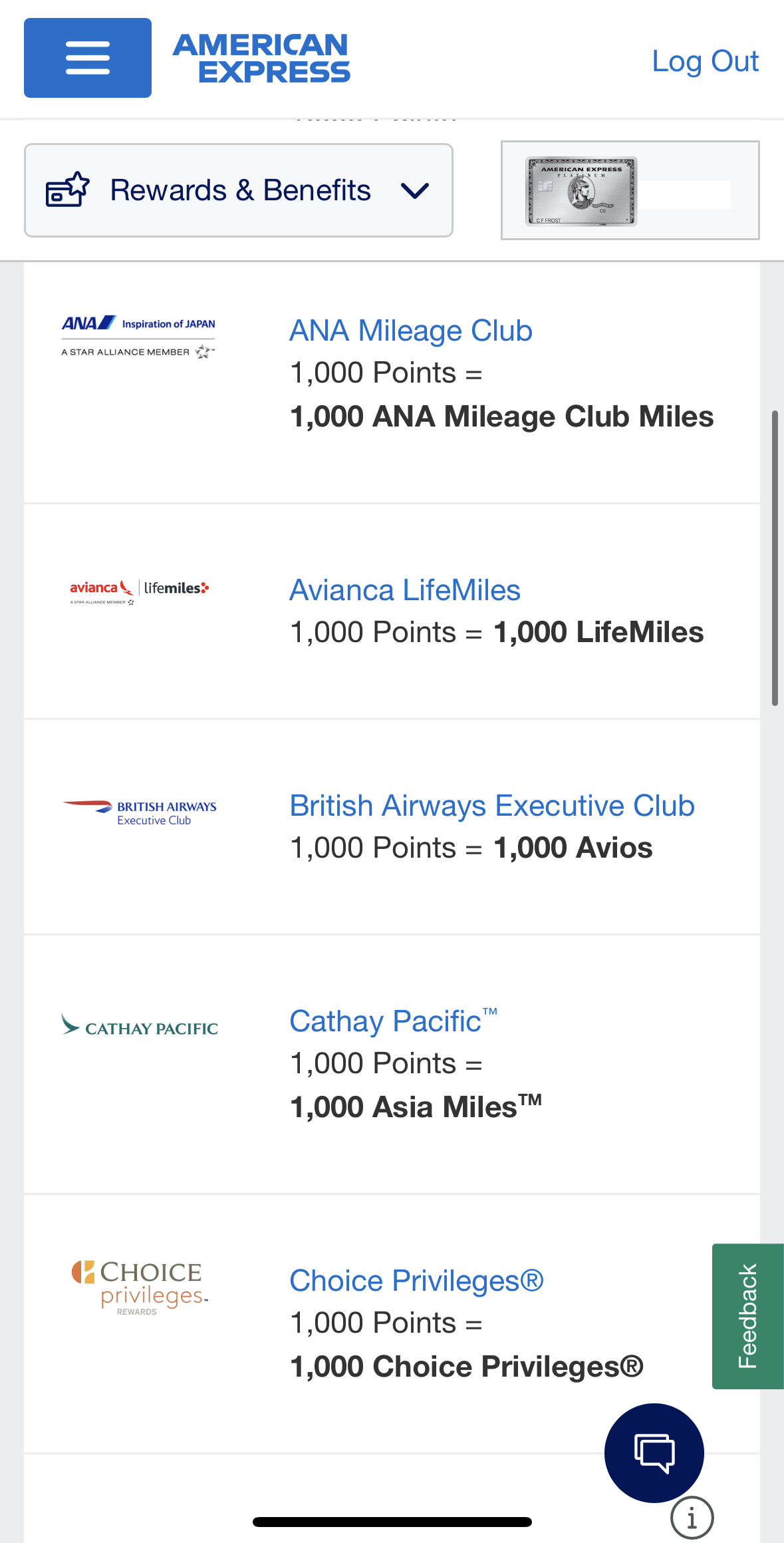
-
Annual Fee
Travel cards usually have annual fees that can vary from moderate to quite high, particularly for premium cards with a lot of benefits. It's important to weigh the cost of the fee against the rewards and perks the card offers.
If you travel often and take advantage of benefits like lounge access, travel credits, or free checked bags, the fee might be worth it. However, if you don't use these perks much, you might want to consider a card with a lower or no annual fee to keep things more budget-friendly.
Card | Rewards | Annual Fee |
| 2X – 5X
5x total points on travel purchased through Chase Travel, 3x points on dining, online grocery purchases and select streaming services. 2x on other travel purchases. Plus, earn 1 point per dollar spent on all other purchases.
| $95
|
|---|---|---|---|
| Delta SkyMiles Gold American Express Card | 1X – 2X
2X miles on delta purchases, at restaurants worldwide (including take-out and delivery in the U.S) and at U.S. supermarkets, and 1x miles on all other eligible purchases
| $150, $0 intro first year (Rates & Fees)
|
| 1X – 10X
10 miles per dollar on hotels and rental cars when booking via Capital One Travel, 5 miles per dollar on flights and 2 miles per dollar on all eligible purchases
| $395 | |
| 1X – 4X
4 Bonus Points per $1 spent on purchases at all Hyatt hotels. Plus, 5 Base Points from Hyatt per eligible $1 spent for being a World of Hyatt member. 2x Bonus Points per $1 spent at restaurants, on airline tickets purchased directly from the airline, local transit and commuting as well as fitness club and gym memberships. Plus, earn 1 Bonus Point per $1 spent on all other purchases.
| $95 | |
| 1X – 2X
2 AAdvantage miles per dollar on grocery stores and eligible American Airlines purchases, and 1 mile per dollar on other purchases
| $0 | |
| 1X – 10X
5X total points on air travel and 10X total points on hotels, car rentals and dining when you purchase through Chase Ultimate Rewards®, immediately after earning your $300 annual travel credit. Also, earn 3x points on dining at restaurants and travel (after meeting the $300 travel credit), then 1x points per dollar spent on all other purchases.
| $550 | |
| 1X – 5X
5X points on up to $500,000 spent on directly-booked airfare and flights and prepaid hotels booked through American Express Travel (per calendar year), 2X points on prepaid car rentals through American Express Travel and 1X points on all other purchases
| $695 (Rates & Fees) |
Card With No Annual Fee
No Annual Fee Credit Cards are an excellent option for those who want to earn rewards or enjoy card benefits without the cost of an annual fee. While they might not offer as many perks as premium cards, they can still provide solid value. Here are the four most important factors to consider:
-
Earning Rates
With no annual fee cards, earning rates may be lower than premium counterparts, but many still offer attractive rewards for everyday spending.
Look for cards that offer bonus rewards in categories that match your spending habits, like groceries, gas, or dining.
Even with relatively modest earning rates, using the card regularly can add up to significant rewards over time. Choosing a card that aligns with where you spend most can help you maximize benefits without any extra cost.
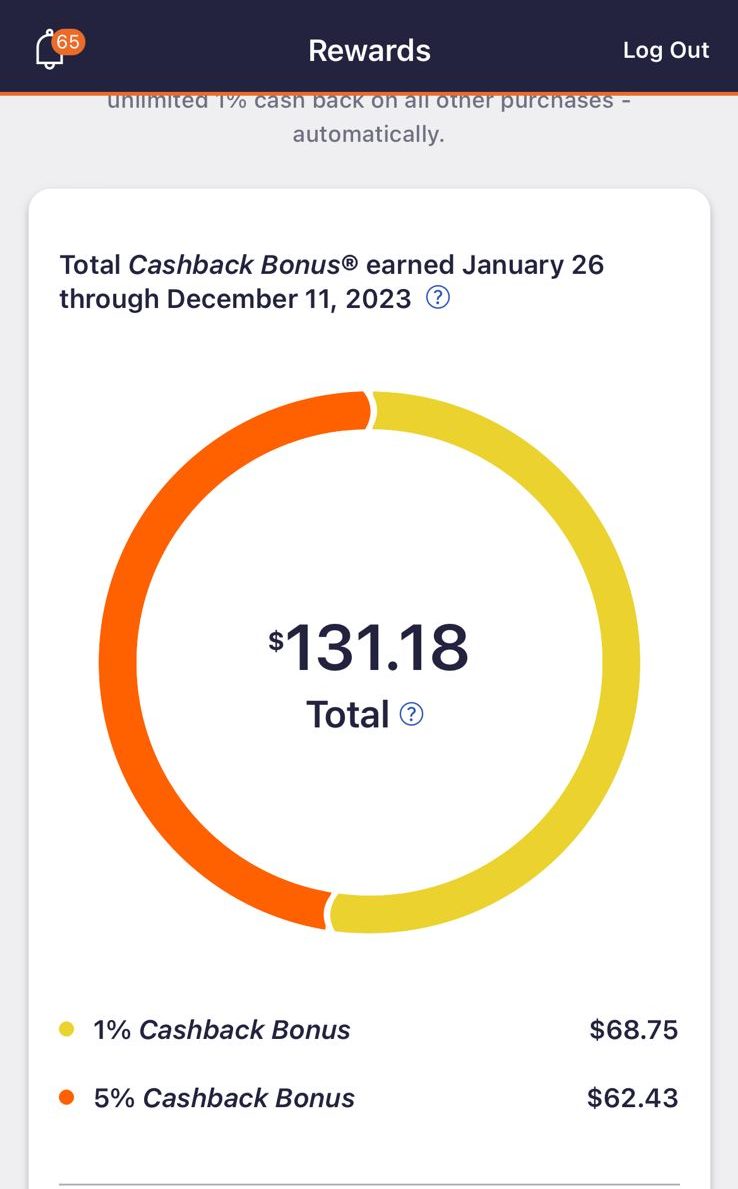
-
Introductory Offers
Many no-annual-fee cards come with introductory offers, like 0% APR for a limited time or a sign-up bonus after reaching a minimum spending requirement.
These deals can be really valuable—helping you save on interest if you’re planning a big purchase or giving you a nice boost in cash back or points.
While the offers are usually smaller than those on cards with annual fees, they’re still a great way to kickstart your rewards without any ongoing costs.
-
Cash Back Categories
Many no-annual-fee cards offer cash back in specific categories, such as groceries, gas, dining, or rotating categories. It's essential to select a card with cash-back categories that match your regular spending habits.
For instance, if you spend a lot on groceries, a card offering high cash back in that category will maximize your rewards. Understanding these categories and their limitations will help you pick a card that provides consistent, valuable cash back throughout the year.
-
Foreign Transaction Fees
While many no-annual-fee cards may include foreign transaction fees, some do not.
If you travel abroad or make international purchases frequently, consider a no-annual-fee card that waives these fees to avoid unnecessary charges, usually around 3% per transaction.
This feature is especially valuable in a no-annual-fee card, as it allows you to earn rewards and make purchases without additional costs, even while traveling internationally.
Card | Rewards | Bonus | Annual Fee |
| The Amex EveryDay® Credit Card | 1X – 2X
2X points at U.S. supermarkets (up to $6,000 per year, then 1X), 2X points on prepaid rental cars booked through American Express Travel and 1X points on all other purchases
| 10,000 points
10,000 points after spending $2,000 on purchases within the first three months
| $0 |
|---|---|---|---|---|
| U.S. Bank Altitude® Go Visa Signature® | 1X – 4X
4x points at restaurants, take-outs & deliveries, 2x points at supermarkets, gas stations & streaming servicesm and 1 point for 1 dollar on all other purchases
| 20,000 points
Earn 20,000 bonus points after spending $1,000 in the first 90 days of card opening
| $0 |
| Chase Freedom Unlimited® | 1.5% – 5%
5% cash back on travel booked through Chase Ultimate Rewards, 3% on dining (including takeout and eligible delivery), 3% on drugstore purchases, and 1.5% on all other purchases
| $200
Earn a $200 bonus after you spend $500 on purchases in the first 3 months from account opening.
| $0 |
| Capital One SavorOne Cash Reward | 1% – 8%
unlimited 3% cash back on dining, entertainment, popular streaming services, and grocery store purchases (excluding superstores like Walmart® and Target®). You’ll also earn 1% on all other purchases. Plus, you get 10% cash back on purchases through Uber and Uber Eats, 8% on Capital One Entertainment purchases, and 5% on hotels and rental cars booked through Capital One Travel
| Earn $300 in welcome bonuses. Enjoy a $100 credit to use towards flights, stays and rental cars booked through Capital One Travel during your first cardholder year. Plus, earn a $200 cash bonus once you spend $500 on purchases within the first 3 months from account opening
Earn $300 in welcome bonuses. Enjoy a $100 credit to use towards flights, stays and rental cars booked through Capital One Travel during your first cardholder year. Plus, earn a $200 cash bonus once you spend $500 on purchases within the first 3 months from account opening
| $0 |
| Bank of America® Customized Cash Rewards credit card | 1-3%
3% cash back in the category of your choice: gas, online shopping, dining, travel, drug stores, or home improvement/furnishings, 2% cash back at grocery stores and wholesale clubs and 1% cash back on all other purchases. The 3% and 2% cash back available on the first $2,500 in combined choice category/grocery store/wholesale club purchases each quarter (then 1%)
| $200
$200 cash rewards bonus after making at least $1,000 in purchases in the first 90 days of your account opening
| $0 |
0% Intro APR Credit Card
0% Intro APR Credit Cards are an excellent choice if you need to make a large purchase or want to consolidate existing debt while avoiding interest charges for a set period.
-
Introductory APR Period Length
The duration of the 0% introductory APR period is crucial. Some cards offer 0% APR for 12 months, while others might extend it to 18 or even 21 months.
A longer introductory period provides more time to pay off large purchases or transfer existing balances without incurring interest.
This flexibility can significantly impact your financial strategy, allowing you to pay down debt or manage expenses without the pressure of high-interest rates.
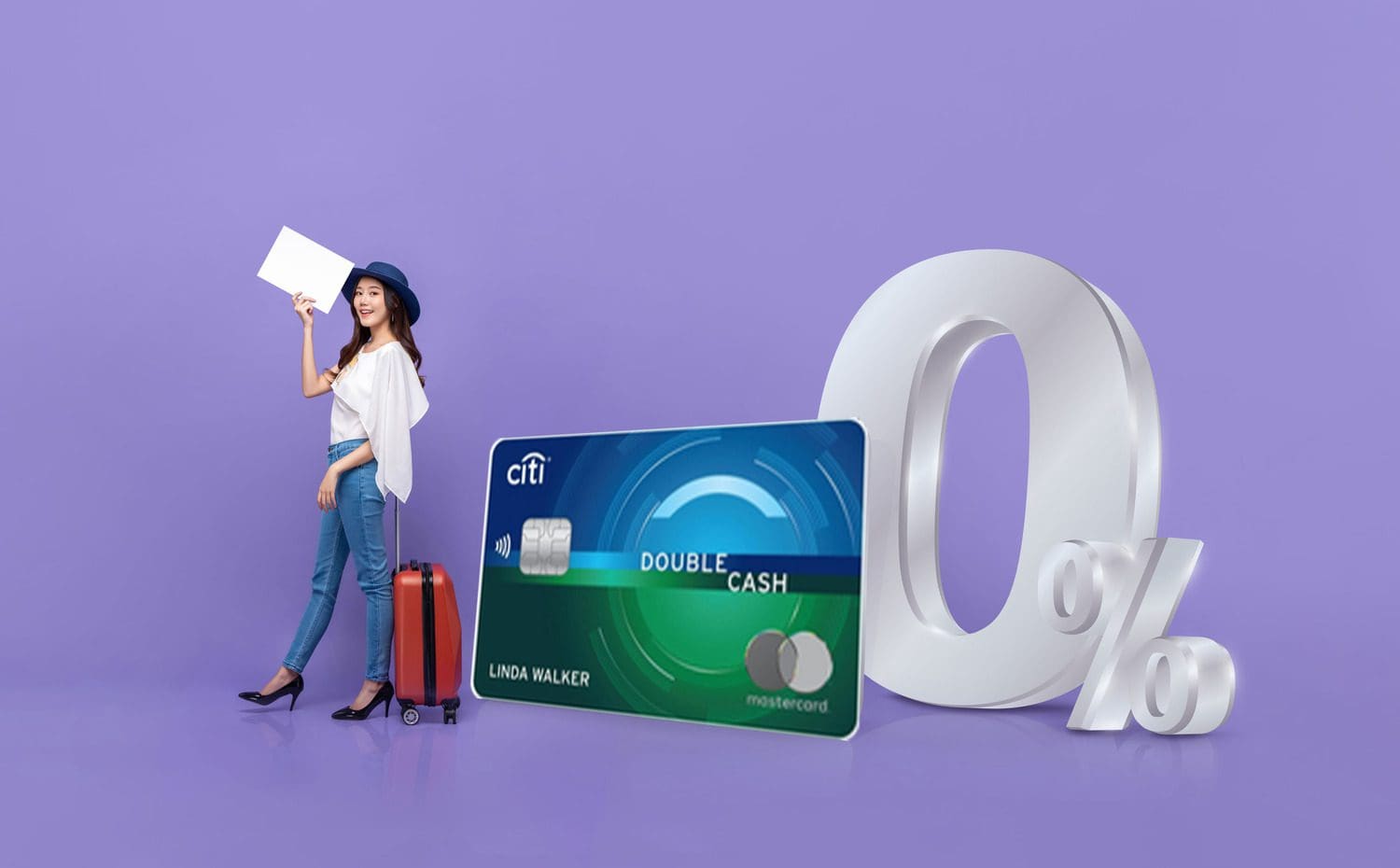
-
Balance Transfer Fees
If you plan to use the card for a balance transfer, the balance transfer fee becomes an essential factor. This fee is typically around 3% to 5% of the amount transferred.
While 0% intro APR cards can save you on interest, the fee could offset some of those savings if it’s too high. Some cards may waive or reduce this fee for a limited time.
Understanding the balance transfer fee helps you calculate the total cost and determine if the transfer is financially beneficial.
-
Post-Introductory APR
It’s important to consider the card's APR after the introductory period ends.
Once the 0% APR period expires, the card will revert to its regular interest rate, which can be relatively high. If you still have an outstanding balance, you'll begin accruing interest.
Choose a card with a competitive ongoing APR to minimize potential interest costs after the introductory phase, especially if you plan to carry a balance beyond the promo period.
Top Offers
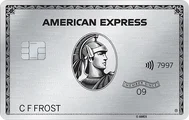
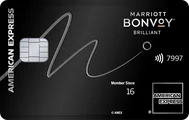
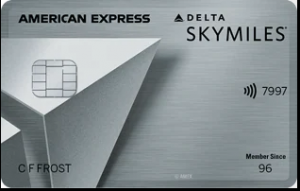
Top Offers



Top Offers From Our Partners
-
Additional Benefits
Beyond the 0% intro APR, many cards offer other benefits, such as rewards programs, cash back, or perks like purchase protection and extended warranties.
While these features might not be the primary reason you choose a 0% intro APR card, they can add extra value and enhance your card experience.
Selecting a card that offers additional perks allows you to benefit from rewards or protections while paying off your balance interest-free.
Card | 0% Intro | Annual Fee |
| Chase Freedom Unlimited® | 15 months on purchases and balance transfers, 18.74%–28.24% variable
APR after that. | $0 |
|---|---|---|---|
| Citi Simplicity® Card | 12 months on purchases and 21 months on balance transfers after that. | $0 |
| BankAmericard® credit card | 21 billing cycles on purchases and balance transfers made within the first 60 days, 14.99% to 24.99% Variable
after that. | $0 |
| U.S. Bank Visa® Platinum Card | 20 billing cycles on purchases and balance transfers after that. | $0 |
How Do I Choose?
- Why are you looking for a credit card? Are you looking for a solution to keep track of your monthly expenses? Do you need to improve your credit score? Do you want to learn how to manage your money and create a credit history as a college student? Are you a regular traveler looking for a credit card that will help you save money on your next trip?
- What is your credit score right now? Your credit score may have an impact on the best credit card for you. The higher your credit, the more likely you are to be approved for cards that offer stronger rewards programs and additional benefits to cardholders.
- Do you have a family of your own? If you have children or other dependents, you might need a different type of credit card compared to someone who’s single or using a card for business. A card that offers discounts on groceries, household items, and other essentials can help reduce your family's overall expenses.


